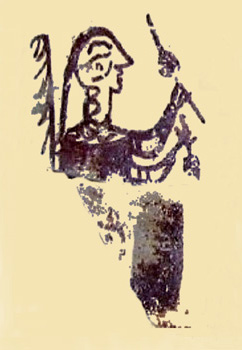Exploitation of secundar products at the Phoenician site of Teatro Cómico, Cádiz (Spain)
 Abstract
Abstract
The macrovertebrate zooarchaeological analyses carried out at the Phoenician site of Teatro Cómico (Cádiz) show a predominance of mixed herds of sheep and goat. The patterns derived from the study of the mortality profiles seem to suggest the importance of wool and milk production. In addition to sheep and goat, we have also documented the presence of bovids, suids, equids, dogs, and cats. Animal remains can provide further information about the socio-economic activities taking place at the site. The scarce number of remains from wild species, such as deer, suggest that the exploitation of wild resources was rather limited. Lastly, it is also worth highlighting the presence of Hexaplestrunculus, used in the production of purple dye. Together, the evidence presented in this paper indicates that secondary products had an important socio-economic role at the Teatro Cómico site, and that both trading and production were important economic dimensions of the Phoenician world.
 Downloads
Downloads
Downloads
Pubblicato
Come citare
-
Abstract410
-
PDF 130
Fascicolo
Sezione
Licenza

Este obra está bajo una licencia de Creative Commons Reconocimiento-NoComercial-SinObraDerivada 4.0 Internacional.



